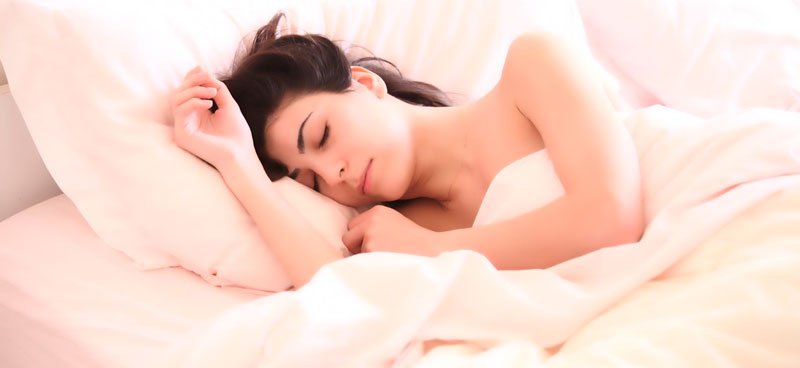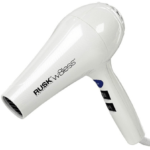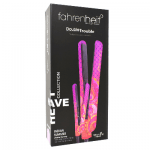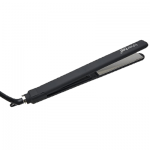When we were young, we all had ear-fulls of cautionary tales from our mothers and grandmothers about going to bed with wet hair. They ranged from stories about inevitable head colds to matted, tangled locks that would greet you in the morning.
If you’ve been avoiding washing your locks at night purely so that you wouldn’t have to deal with these stresses the morning after, we have good news for you. Contrary to what we grew up believing, it’s very possible to go to bed with wet hair and wake up to beautiful locks – and no head cold!
Below, we’re going to give you the full low-down on how to sleep on wet hair, so if you’re ready to learn more, read on, beautiful!

How Wet is Too Wet?
When you’re planning on going to bed with your hair wet, keep in mind that there is such a thing as too wet. Rather than sleeping with the dripping strands you came out of the shower with, you should make sure that it is only slightly damp. This is because sleeping with completely wet hair overnight can cause damage to the follicles and cause breakage.
So, to prevent this problem and optimize your hair for sleep, you’ll want to blow dry or air dry it enough so that it is 70 percent dry. If you’re waking up with tangled locks, check out this complete guide on detangling hair without causing damage.
In the meantime, let’s go over a few ways both you and your hair can get a good night’s rest:
1. Switch Up Your Pillowcase
Once you’ve dried your tresses enough to sleep, the next step you’ll want to take in ensuring it makes it healthily through the night is: switching up your bedding. If you don’t already have silk pillowcases, we’re here to tell you the investment is absolutely worth it if you frequently shower at night and sleep with damp strands.
Regular cotton pillowcase options are rough and can cause breakage and knotting while silk surfaces support individual strands in remaining separate – ultimately reducing the knots and tangles.
2. Use Silk Scrunchies
If your locks are prone to frizziness, on top of using a silk pillowcase, you’ll want to replace your scrunchies with silk ones. The reason for this is that silk helps negate frizzing.
Simply twist your hair into a top knot and then wrap it in a bun. Using a silk cloth or scarf, tie it like a hairband and get some sleep! Upon waking, flip your hair upside down, gently separate the strands, then flip it back up. Try to avoid brushing your locks, as that will encourage frizz.
3. Use the Right Products
One method, often recommended by hair specialists, is applying a deep conditioning treatment to your locks and letting it do its thing while you sleep. Below, we’ve listed a few products to consider using if you plan to sleep with wet hair:
- Hair Mask. There are certain high-quality treatments that can be truly beneficial when you let them sit in your hair overnight, such as hair masks. They use fortifying ingredients that absorb into your strands overnight for silky, beautiful strands when you wake up.
- Hair Towel. A hair turban that’s cozy to sleep in is a great tool to have on hand. Apply your mask, wear your hair in a contained fashion rather than loose, and follow up with wrapping your strands in a cozy turban. Voila, you’re ready for sleep!
Final Takeaway
Although there have been many myths about it, we’re here to dispel the claim that going to bed with wet hair will cause a cold. It won’t. However, experts agree that the best way to sleep with wet strands is with a deep conditioning treatment applied and your hair wrapped in a protective fabric or styled in a braid for optimal damage prevention.
We hope this post on how to sleep with wet hair has supported you in your healthy hair journey and with that, happy snoozing!


